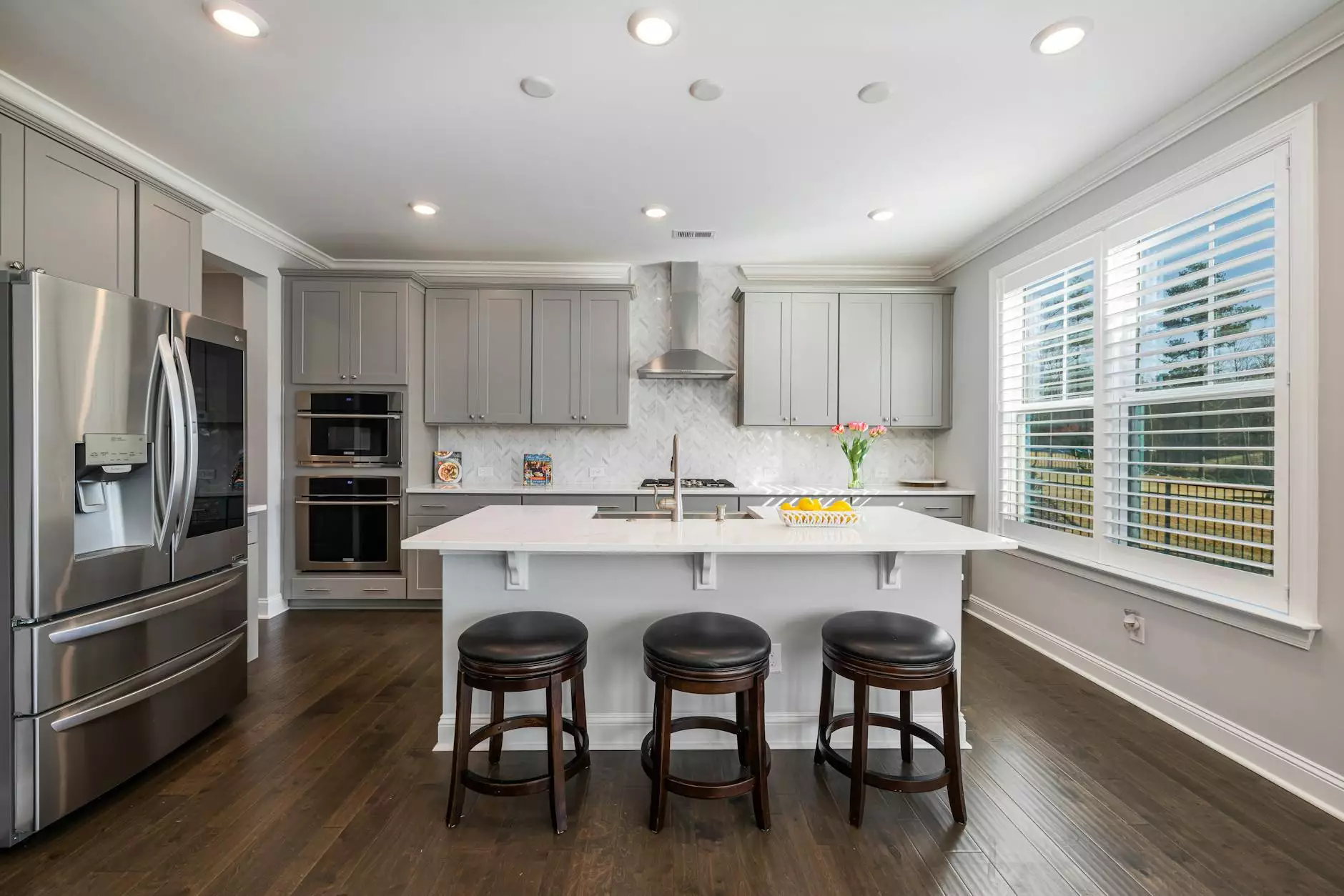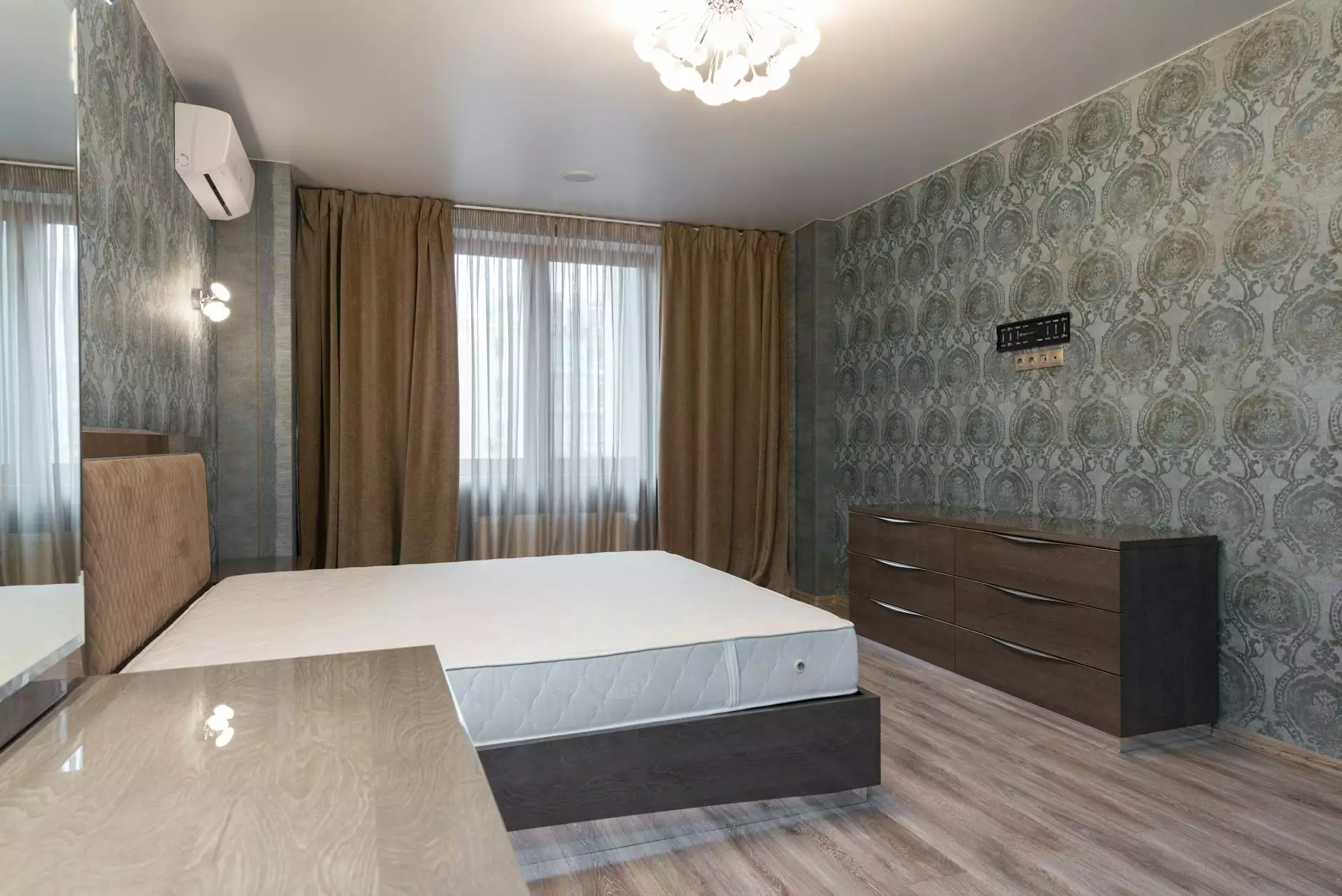Transform Old Kitchen Cabinets: A Comprehensive Guide to Kitchen Renewal and Makeover

In the ever-evolving world of interior design, transforming old kitchen cabinets is one of the most impactful ways to breathe new life into your cooking space. The kitchen is often considered the heart of the home, and upgrading its appearance can not only enhance your enjoyment of the space but can also increase the value of your home. This article aims to provide you with an in-depth look at the various options available for cabinet transformation, along with tips and tricks to make your project a success.
Why Transform Old Kitchen Cabinets?
There are numerous reasons why homeowners choose to transform old kitchen cabinets. Here are some of the most compelling:
- Cost-Effectiveness: Replacing kitchen cabinets can be a significant expense. Transforming existing cabinets is often a more budget-friendly option.
- Sustainability: By refurbishing your old cabinets, you contribute to reducing waste and promoting an eco-friendly lifestyle.
- Personalization: Updating your cabinets allows you to reflect your personal style and make your kitchen uniquely yours.
- Improved Functionality: Many projects also include modifications to the layout or the addition of features like soft-close hinges and pull-out shelves.
Methods to Transform Old Kitchen Cabinets
When considering how to transform old kitchen cabinets, there are several methods available. Each method has its pros and cons, and the best one for you will depend on your budget, skill level, and desired outcome. Let’s explore some of the most popular techniques:
1. Painting
One of the simplest and most effective ways to transform old kitchen cabinets is by painting them. A fresh coat of paint can dramatically change the look of your kitchen. Here are some steps to successfully paint your cabinets:
- Preparation: Remove all cabinet doors, drawers, and hardware. Clean surfaces thoroughly to remove grease and grime.
- Priming: Apply a good quality primer that adheres to the material of your cabinets. This is crucial for long-lasting results.
- Painting: Choose a high-quality paint suitable for kitchen environments. Opting for semi-gloss or gloss finishes can help with durability and easy cleaning.
- Reassemble: After allowing adequate time for the paint to cure, reattach doors and drawers, and reinstall hardware.
2. Refinishing
If your cabinets are made of solid wood, you might consider refinishing them instead of painting. Refinishing can bring out the natural beauty of the wood while making the cabinets look brand new.
- Sanding: Begin by sanding down the existing finish to create a smooth surface. This step is essential for proper adhesion of the new finish.
- Staining: If you choose to stain your cabinets, apply the stain with a brush or cloth, ensuring even coverage.
- Sealing: Finally, apply a clear sealant to protect the wood and enhance its longevity.
3. Adding Hardware
Sometimes, a simple addition like new hardware can dramatically transform old kitchen cabinets. Swapping out outdated knobs and handles for modern, stylish options can upgrade the entire look of your kitchen.
- Style: Choose hardware that complements the overall design theme of your kitchen.
- Size: Ensure the new hardware fits the existing holes, or be prepared to drill new ones.
- Finish: Consider various finishes—such as brushed nickel, bronze, or chrome—to enhance the aesthetics.
4. Re-facing
If your cabinets are structurally sound but look outdated, refacing might be the solution. This method involves updating the external surfaces of your cabinets.
- Remove Doors: Take off cabinet doors and drawers.
- Apply Veneer: Attach a wood or laminate veneer to the exterior of the cabinet frames.
- New Doors: Install new cabinet doors and drawer fronts to complete the transformation.
5. The Use of Decorative Elements
Incorporating decorative elements can significantly enhance the appeal of your cabinets. Consider the following:
- Crown Molding: Adding crown molding to the tops of cabinets can create a refined and elegant look.
- Glass Inserts: Replacing solid doors with glass inserts provides an opportunity to display decorative dishes or glassware.
- Open Shelving: Converting the upper cabinets to open shelving can give a kitchen a modern, airy feel.
The Cost of Transforming Kitchen Cabinets
Understanding the potential costs involved in the transformation process is crucial for planning your budget. Here are some cost factors:
- DIY vs. Professional: Choosing to do the work yourself can save money but requires time and skill.
- Materials: The quality and type of materials—paint, stains, hardware, veneer—will affect your budget.
- Additional Features: Adding new hardware or features, such as soft-close mechanisms, can add to your costs.
Tips for a Successful Cabinet Transformation
When embarking on your project to transform old kitchen cabinets, consider these helpful tips:
- Plan: Spend time planning your project. Create a timeline and budget to keep your project on track.
- Choose Quality Products: Invest in high-quality materials to ensure lasting results.
- Don’t Rush: Allow ample time for each step, especially drying times for paint or stain.
- Seek Help if Needed: If you're not confident in your skills, it may be wise to consult professionals.
Conclusion
Transforming old kitchen cabinets is an excellent way to rejuvenate your kitchen without the hefty price tag of an entire renovation. Whether you choose to paint, refinish, add hardware, reface, or incorporate decorative elements, the possibilities are endless. Embrace your creativity and make your kitchen space reflect your unique style.
At Kitchen Makeovers, we specialize in kitchen renewal, modern makeovers, and renovations tailored to your needs. With our expertise, we can assist you at every step of the process, ensuring your vision comes to life. Contact us today to start your kitchen transformation journey!









